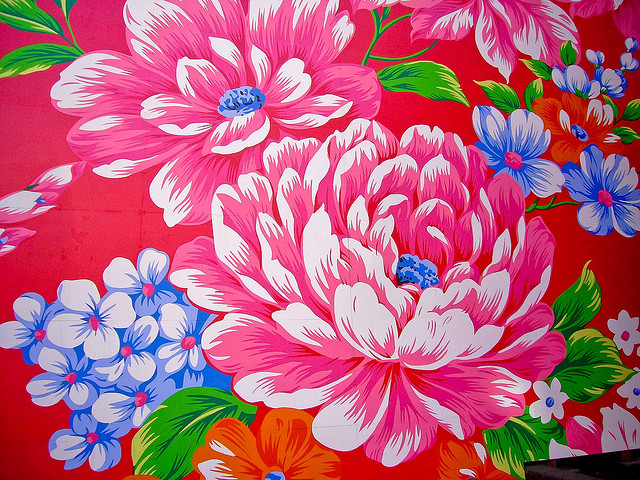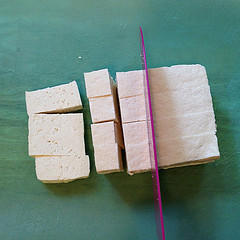Who says office supplies have to be boring? Here are a few crafty ways to transform your basic pushpins and magnets into something eye-catching, playful, and perhaps a bit chic.
Bottle Cap Magnets and Thumbtacks [marthastewart.com]
Start saving up those used bottle caps, because you’re certainly going to want to try this adorable DIY project from Martha Stewart. Simply glue a small photo inside of each bottlecap, then use contact cement to attach them to the magnets and pushpins and create a tiny photo gallery.
DIY Gold Magnetic Letters [inspiredbycharm.com]
If you loved making silly words and phrases from those colorful magnetic letters as a kid, you’ll enjoy this chic, updated version just as much. Just cover those childish magnets with luxe gold spray paint for a modern, updated look.
Washi Tape Clothespins [designertrapped.com]
By covering affordable wooden clothespins with different types of colorful washi tape, you can create this fun project in less than an hour. Add adhesive magnets to the backs of each clothespin to use them on the refrigerator, or line them up on a wire to hang photos from a wall.






 Equal Housing Opportunity
Equal Housing Opportunity